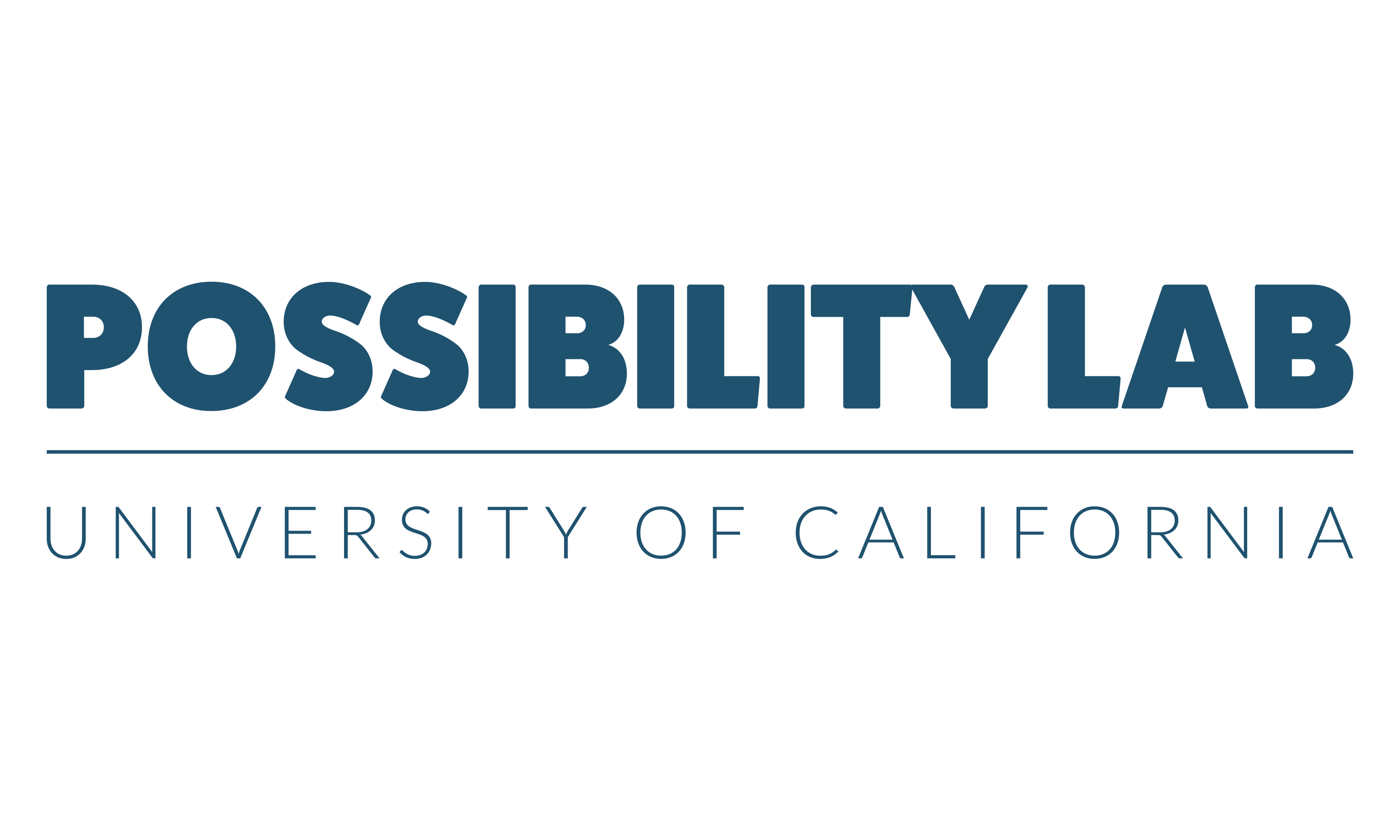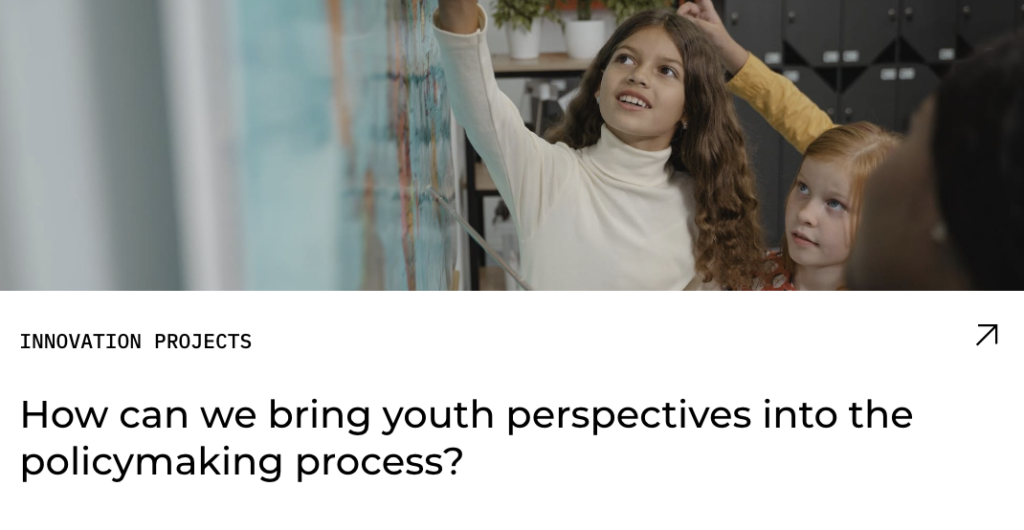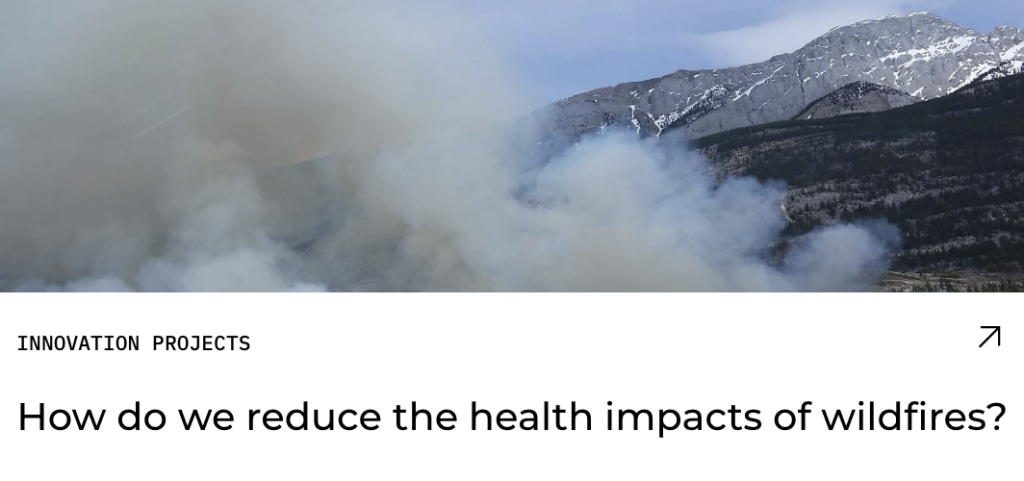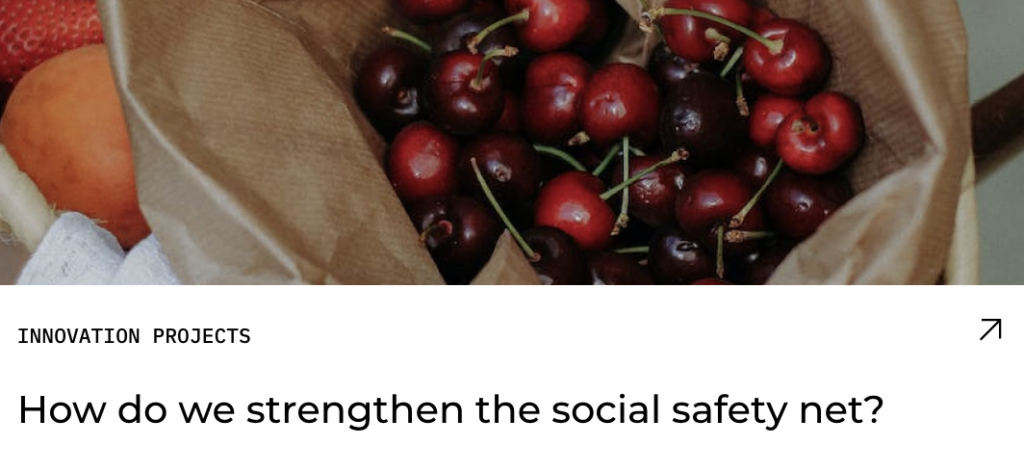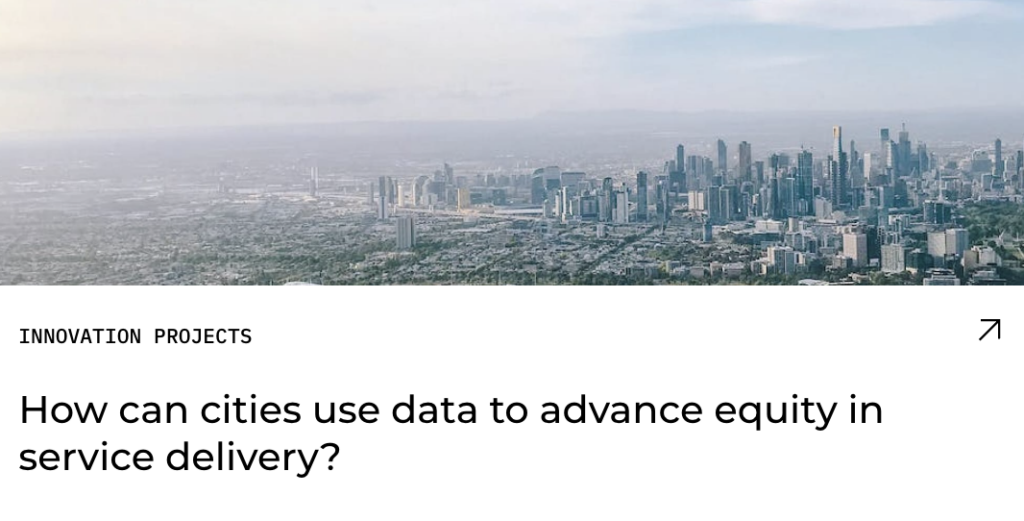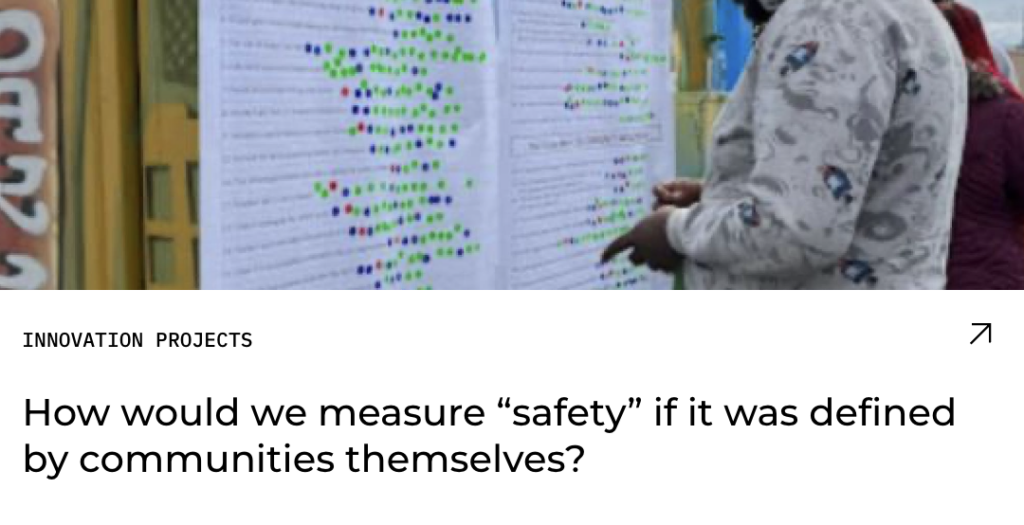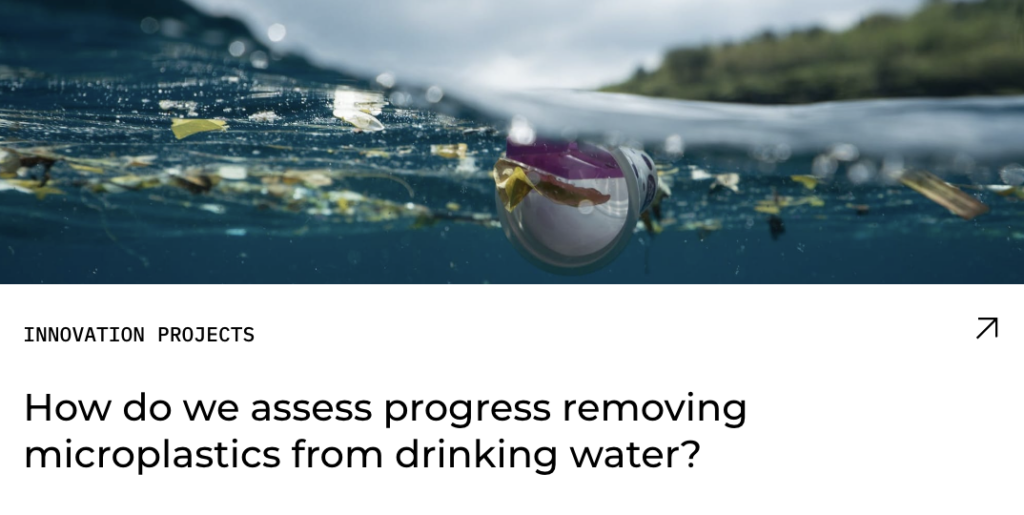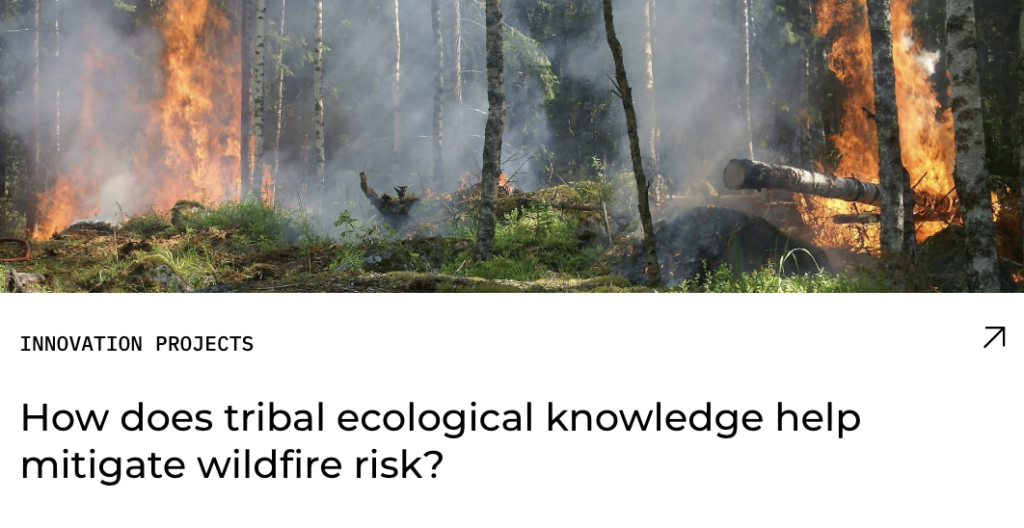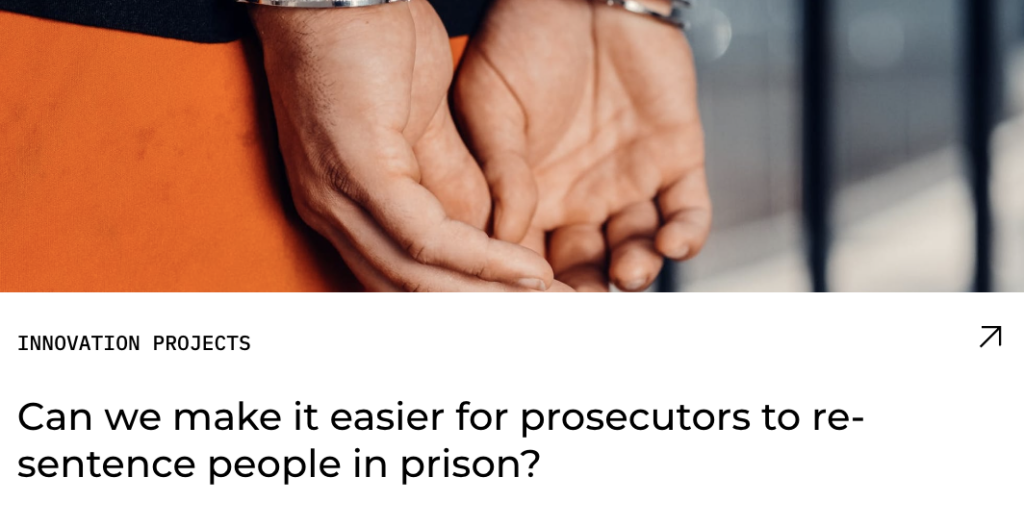Over two years, California 100 engaged a diverse set of stakeholders to create a vision for our state’s future that is innovative, sustainable, and equitable for all.
California 100 launched with an ambitious question: How can we envision and catalyze a dramatically better future for our state, and how can we expand our capacity for research, policy innovation, and collective action to make that vision a reality?
The Possibility Lab was proud to lead California 100’s policy innovation work. From 2021-2023, we brought together state and local governments, native tribes, researchers, community organizations, and California residents to source and pilot new ways of solving long-standing problems. The Lab continues to build on the work of California 100, by tackling some of our state’s biggest challenges and helping build momentum towards a better future.
Learn more about our California 100 innovation projects below:
In partnership with Innovations 4 Youth, we are working to create a sustainable platform and network that can strengthen meaningful youth participation in policies that affect youth well-being and development. Including the voices of youth, who potentially have the most to lose or gain from the policy decisions made today, is paramount to ensuring representative and responsive public policy.
Through this youth participatory research platform, we aim to connect youth leaders in existing participatory research programs across California with each other and with policy-makers such that (a) there is co-learning across local sites, regions, and the state, (b) youth-generated evidence informs local, regional, and state-level policy decisions in timely ways, (c) there is stronger responsiveness and accountability in youth-serving systems to youth-generated evidence and experience; and (d) there is a model for sustained youth participatory research connected to policy that has support outside of the K-12 and other systems and is less vulnerable to budget cuts and disruption.
A core component of this work will involve dissemination of youth-generated research, including monthly surveys being conducted by students across 150 California schools.The vision for this platform is to advance the “democratization of evidence” (such as citizen science, participatory research), which aims to broaden the kinds of experts providing evidence that informs policy and systems improvement.
This project was made possible with funding from California 100.
Individuals in native communities have had their health harmed by exposure to the smoke, stress, and disruption of community life of uncontrolled wildfires. Air filtration using portable, high efficiency particulate air (HEPA) filters is a mature technology capable of significantly reducing exposure, but must be appropriately sized to manage smoke. The cost of high-performance air filtration systems is prohibitive ($400-600, with filter replacements at $100-200) for many vulnerable households.
Through a partnership between Possibility Lab, California 100, Cal Poly Humboldt Schatz Energy Research Center, and Northern California native communities, we aim to evaluate the effectiveness of deployed filters for reducing indoor and exposure concentrations. We will do this by developing a general framework for properly sizing air filtration to different sized buildings, while conducting measurements of air quality concentrations and air purifier operations in over 100 households.
The results will guide us in improving the specification and sizing of air filtration systems that are distributed by public health programs for both community buildings and individual households in order to counteract the disproportionate effects of wildfires on the health of native communities. They will also help to provide a better understanding of how messaging and educational support influence the use of filtration systems by community members, and will serve as the basis for more refined cost-benefit analyses to justify similar interventions under different wildfire hazard scenarios, along with program design practices to scale up and sustain community-based filter interventions.
This project was made possible with funding from California 100.
Many households that face financial challenges are eligible to access a patchwork of programs designed to provide them with a safety net. These programs include food assistance (CalFresh), health care (Medi-Cal), assistance for children (Child Tax Credit), housing (vouchers), or cash assistance (Unemployment Insurance, calWORKS, and the Earned Income Tax Credit). But each of these programs is overseen by different state and federal departments, leading to siloed implementation that can be difficult to coordinate across programs. This fragmented system of administration leads to programs falling short of their potential reach, leaving millions of households unserved. Complicated application processes and frequent recertification likewise keep significant numbers of eligible Californians from accessing aid.
To overcome these hurdles, the Possibility Lab has partnered with California 100, the California Department of Social Services, The People Lab, and the California Policy Lab and identified the need for two key innovations. Our goals are to:
Operationalize the nation’s first linked administrative dataset between safety-net enrollments and tax filings. This will make it possible to proactively target the California families most at risk of missing out on benefits by allowing government agencies to share individual-level data for the purposes of cross-enrollment; and
Provide assistance from trusted messengers who will contact eligible households and provide them text-based, phone-based, and navigator-model tax-filing assistance, in addition to online service, to help them file a tax return.
We know these various social supports have the power to lift families out of poverty, with both immediate and longer-term impacts related to economic stability, health, and education. However, over 2.2 million California families enrolled in safety net programs are at risk of missing out on thousands of dollars of relief, simply because they have not filed taxes. By identifying Californians at highest risk for not receiving benefits, building trust around and simplifying the tax filing process, and streamlining the application process itself, we hope to help lift struggling Californians out of poverty.
This project was made possible with funding from California 100.
Drawing on environmental, health, mobility, housing, and socioeconomic variables from CalEnviroScreen and the United States Census, SanDiego’s 2019 Climate Equity Index aimed to inform city planning and community engagement activities to address climate change and climate justice. Other municipalities, like the City of Seattle, have produced similar equity indices, such as the Racial andSocial Justice Index from the Office of Planning and Community Development. The City of Oakland likewise produced city-wide Equity Indicators in 2018 that serve as a quantitative baseline for understanding the impact of race and ethnicity on seventy-two metrics of resource allocation, quality of life, opportunity, and other outcomes.
The Possibility Lab is partnering with California 100, San Diego’s Office of Race and Equity, and San Diego’s Performance and Analytics Department to explore new, data-driven models to increase equity in city service delivery. Building on the city’s previous work identifying opportunities to advance equity, as well as the deep expertise of the San Diego equity and data analytics teams, this partnership will create and deploy city-wide equity indicators related to measures of performance around city services.
We will then support community organizations and city agencies in embedding these indicators into service delivery and business processes. Specifically, we will work with teams across the city to source new ideas for how to increase equity, pilot those ideas within the city, and rigorously evaluate their ability to “move the needle” on equity as measured by relevant indicators.
In this way, equity indicators can serve as a quantitative baseline for, among other things, understanding and tracking the impact of race and ethnicity on various metrics of resource allocation, quality of life and opportunity, as well as connecting and evaluating the activities of service providers and municipal departments to those universal goals. San Diego intends to bring together quantitative equity indicators, city staff, a city-wide Strategic Plan, and coordination with community organizations in order to build the necessary infrastructure to sustain this effort over time. We hope this partnership will serve as an exemplar for communities and public entities across the country who are seeking to redress deep-seated structural and historical inequities through data-driven innovation around core public service delivery.
This project was made possible with funding from California 100.
As communities embark on the work of reimagining public safety, some are coalescing on a new vision, centered on upfront investments in collective well-being and a set of culturally appropriate wraparound systems. Advocates for this vision want to see effective and equitable policy reforms, resulting in practices that maintain safety while minimizing disproportionate harm to historically marginalized communities — and they want the processes that inform these changes to be both participatory and locally relevant.
The Possibility Lab, in partnership with a diverse array of community-based organizations, has launched an ambitious project in the City of Oakland aimed at better understanding how diverse communities experience and understand safety in their everyday lives.
Central to this project is the idea that, in order to actualize meaningful public safety reforms, those most impacted by reforms must play a key role. Individuals in communities that are simultaneously over-policed and under-served by the current public safety infrastructure, especially people of color and low-income residents most impacted by violence, have distinct experiences and understandings of what being and feeling safe entails. These unique insights and expertise will be critical to reshaping the system, and to holding a reimagined system accountable to their needs.
In this first phase of this work, we have employed a framework for community-sourced measurement that helped us develop a comprehensive set of indicators for how diverse city residents experience complex concepts like “safety” and “well-being” in their everyday lives. We are now working with residents and city government to use the indicators as a starting point for designing and testing interventions that can improve public safety. By privileging the firsthand experiences of residents in their lives and neighborhoods, we are helping move towards a community-centered process for pursuing criminal justice reform.
This project was made possible with funding from the California Community Foundation through the California 100 Initiative.
In California, state agencies must develop innovative solutions to fulfill the legislative requirements of SB 1422 and SB 1263, which require testing for microplasticsin the state’s drinking water and the disclosure of test results to the public. The ideal solution includes a solid foundation for microplastic reporting that encompasses visualization tools, intuitive user interfaces, and best practices for data reporting and documentation.
The Possibility Lab and California 100 have partnered with the Moore Institute for Plastic Pollution Research, the State Water Resources Control Board, and San Francisco Estuary Institute to help make California the first government in the world to monitor for microplastics in drinking water. Open-source software will allow all data input and analysis to be transparent to the public, democratizing water quality monitoring while increasing civic and public engagement.
This will enableCalifornia to take the lead in microplastics monitoring, as well as in the development of open-source government software in the nation and throughout the world. In the long term, we hope that the modern interface and visualization tools we will create can enable diverse communities to use and interpret the data and work together towards addressing this emerging contaminant.
This project was made possible with funding from California 100.
Through a partnership between the Possibility Lab, California 100, and Northern California native communities, we will support the return of indigenous ecological knowledge into the science of land management. The data generated from this project will examine the effects of prescribed and cultural burns on air quality and climate resiliency. Specifically, this research will provide short-term impact data from cultural burns on soil quality, catastrophic wildfire fuel, and invasive weeds to inform land management practices for climate hazard reduction. The project will involve collecting soil and water samples, quantifying fuel load, measuring water quality and quantity, and conducting invasive species vegetation surveys before and after cultural burns which will help guide land management strategies.
Cultural burns may also positively impact the availability of traditional foods. Research conducted by the Klamath Basin Tribal Food Security Project found that 92% of Native American households in the region are food insecure and 70% never or rarely get all the Native foods they desire. These figures include Karuk, Klamath, and Yurok Tribes. The combination of living in a USDA-declared food desert, global climate change causing seasonal shifts in traditional food systems, and catastrophic wildfires destroying food-producing forests and landscapes, has led to disproportionate impacts of climate hazards for native peoples.
More broadly, the historic exclusion of indigenous ecological knowledge from public-sector environmental decisions has created imbalanced ecosystems and forests prone to catastrophic wildfires. While indigenous tribes have used cultural burns to maintain balance in the forests since time immemorial, obtaining data that quantify the beneficial impacts of prescription fire provides a unique opportunity to hybridize western science methodology and traditional knowledge for wildfire prevention and overall ecosystem health.
This project was made possible with funding from California 100.
In the 1990s and early 2000s, California led the way in ramping up mass incarceration and passing punitive laws such as three-strikes and truth-in-sentencing. These policies had adverse consequences, especially for low-income communities and communities of color. States across the country emulated California’s tough-on-crime tactics. Now, California can again take the lead, but this time set the agenda for a smarter and more equitable system. To enable meaningful and effective reform, Possibility Lab, California 100, and For the People have partnered with District Attorneys’ offices across the state to pilot technology-driven pathways to increase efficient and unbiased sentencing and resentencing, including pathways towards diversion, discharge, and effective identification of low-risk and high-risk cases.
Alongside 12 of the 58 District Attorney Offices (DAOs) throughout the state, we are testing a case file summary automation process for prosecutorial-led resentencing. This process currently involves approximately eight hours of combing through photocopied documents to extract key pieces of information, in order to initiate the process for prosecutors to consider resentencing incarcerated individuals. Together, we are developing code that will extract required elements for the case review summary while manually verifying that the extraction process closely replicates the original manual process.
The potential role that case review summary automation could have in reducing the state’s prison population is profound. In June of 2018, there were nearly 72,000 individuals incarcerated in California state prisons that were sentenced in one of these twelve counties. In Los Angeles County alone, where District Attorney George Gascón established a resentencing unit in which those incarcerated for 15 years or longer would be considered for review, there are 9,364individuals who may be actively eligible for resentencing. This constitutes approximately 32% of the incarcerated individuals who were sentenced by the Los Angeles DAO. As of November 2021, there were 156,462 individuals incarcerated in a California prison, meaning that from LA alone, at least 6% could be considered for release.
This project was made possible with funding from California 100.
